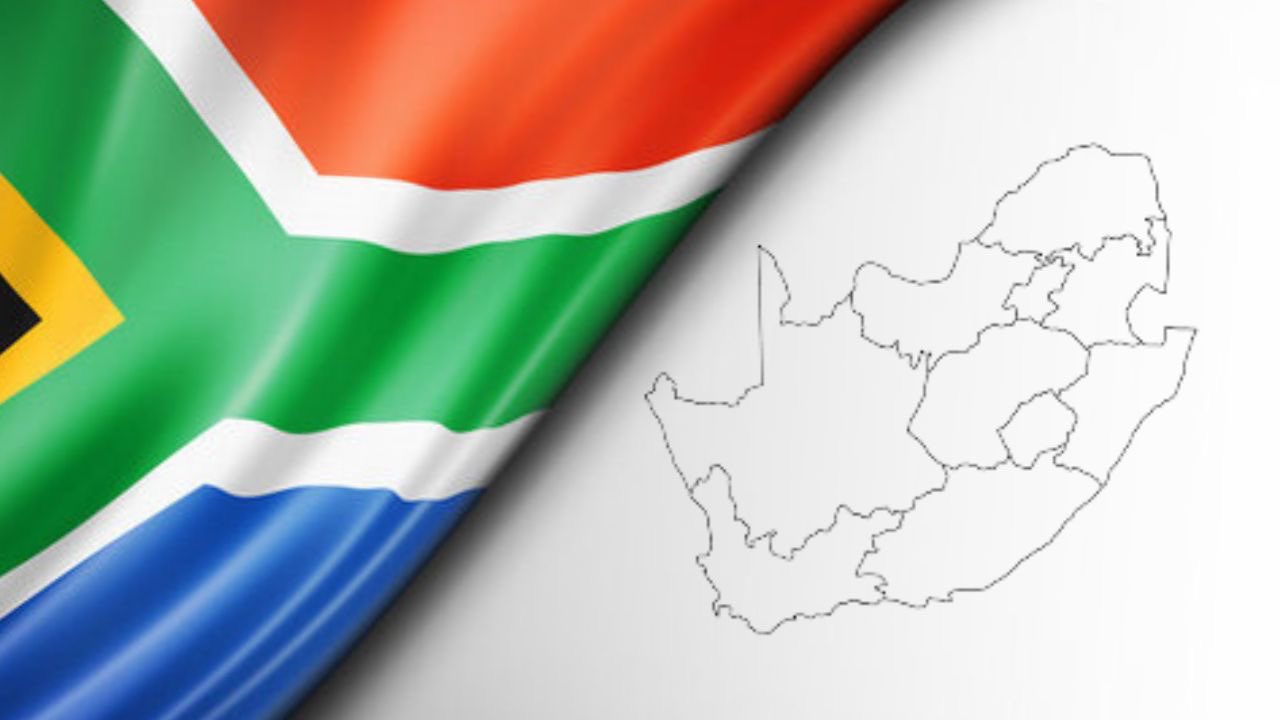Business
South Africa medical aid costs set to rise in 2026, CMS recommends 3.3% increase

A 3.3% hike on the horizon
South Africans who belong to medical aid schemes may need to brace for slightly higher contributions in 2026. The Council for Medical Schemes (CMS) has recommended that increases be capped at 3.3%, a figure pegged to the Reserve Bank’s inflation forecast for the year.
On paper, 3.3% sounds modest. But for households already juggling climbing food prices, Eskom’s tariff hikes, and stubbornly high interest rates, even a “controlled” increase feels like another squeeze on already overstretched wallets.
Why medical aid always feels more expensive
For years, medical aid costs have been climbing faster than everyday inflation. That’s because healthcare inflation doesn’t just track consumer prices, it takes into account rising hospital costs, specialist fees, new technologies, and increased usage as more members claim benefits.
CMS says the 2026 guideline is an attempt to stop medical aid from racing too far ahead of salary increases. “We use salary inflation as a proxy measure for affordability,” the regulator explained. In short: medical aid can’t keep growing if people’s pay packets don’t.
Still, CMS acknowledged that some schemes may argue they need to push above 3.3% to stay afloat. If that happens, they’ll have to submit a detailed financial plan proving why a bigger increase is necessary.
What’s behind the numbers
Medical aid is a complicated balancing act. Trustees have to make sure contributions are high enough to cover claims everything from GP visits to catastrophic hospital stays, while also keeping premiums affordable enough that members don’t drop out.
The regulator has also told schemes to rein in non-healthcare costs, things like administration, broker fees, and managed care services. Those, too, should not increase by more than 3.3%.
What it means for you
If you’re on medical aid, the reality is that your contribution is likely to increase in 2026, though not necessarily at the guideline rate. Some plans could go higher, depending on their financial health.
For consumers, this makes shopping around and comparing benefit options more important than ever. With the cost of living crisis biting, many South Africans are already downgrading from comprehensive plans to hospital-only cover. Others are exploring medical insurance products outside the traditional schemes, though these don’t always provide the same level of protection.
The bigger picture
South Africa’s healthcare system sits at a crossroads. The majority of citizens rely on public hospitals and clinics, while a smaller, wealthier segment can afford private cover. Rising costs in the private system highlight the ongoing inequality in access to quality care.
At the same time, debates around the National Health Insurance (NHI) Bill and whether it will ease or worsen the burden on families are intensifying. For now, though, private medical aid remains a safety net many South Africans feel they can’t do without, even as it eats up a growing share of household budgets.
Tip for readers: If your scheme announces an increase above 3.3%, ask for the justification. Trustees are legally obliged to explain the numbers, and you may find room to challenge or rethink your options.
{Source: IOL}
Follow Joburg ETC on Facebook, Twitter , TikTok and Instagram
For more News in Johannesburg, visit joburgetc.com



























